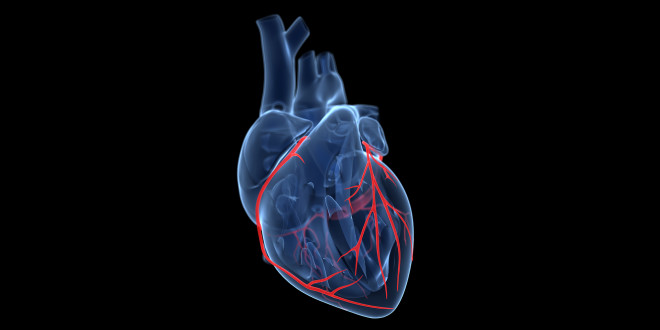Cardiovascular disease kills more people on Earth than anything else—over 17 million a year, and the number keeps going up. Of those deaths, more than 40 percent is due to coronary heart disease. Medicine has drugs that can treat it and practices that can help prevent it, but nobody really knows what causes it or how to cure it. Now, Google and the American Heart Association aim to change that by dropping a $50 million funding bomb on the problem. And as you might expect from a Silicon Valley giant that believes in moving fast and breaking things—an approach that hasn’t always transferred well to basic scientific research—the company isn’t spreading the money around.
In an announcement this month at the American Heart Association meeting in Orlando, Florida, Google Life Sciences and the AHA said the money would go to one team over five years. This isn’t covering the bases. This is, to mix a lot of metaphors, a Manhattan Project. Or as Google likes to call such things: a moonshot.
“Traditional research funding models are often incremental and piecemeal, making it difficult to study a long-term, multifaceted subject,” Andrew Conrad, CEO of the life sciences team at Google, said in a statement. “AHA and Google Life Sciences have committed to a bold new approach.”
When moonshots work, they’re great. You get to the moon. But science is an incremental, layered process. Giant pools of money don’t always break research barriers. On the other hand…wow. That’s a giant pool of money.
Swings in Science Funding
The AHA, already the largest funder of cardiovascular research in the US outside of the federal government, says the program will be its most heavily funded initiative in nearly a century. Applications begin in January and if all goes according to plan, they’ll be due by February 14th. (Valentine’s Day. Get it?) If you want the $50 million, your idea has to fit on a single page. And Google won’t take a financial or intellectual property stake in the results.
Conrad has said he hopes that the program will accelerate the field of heart research much like Google’s self-driving car eventually compelled the entire automobile industry to follow its lead. Going back in time even farther, the partnership isn’t that novel, says David Kaiser, a physicist and science historian at MIT. He points to corporate funding of science from Bell Labs, Westinghouse, and General Electric. “They typically had their own flourishing in-house research laboratories and supported research on academic campuses,” Kaiser says. “Not just research to improve their particular products, but basic scientific research.”
These days, researchers traditionally rely on federal grants to get their studies funded—and frustration at the process is well-documented. Many of these awards are in the $250,000-a-year range and require time-consuming grant writing to maintain. A recent article in The New York Times detailed how studies in the area of heart disease in particular often don’t get published because so much research yields results that are too narrow.
Even the National Institutes of Health, the federal agency that typically funds life sciences research, has vacillated on what the best funding model is, says Gregory Graf, a researcher at the Saha Cardiovascular Research Center at the University of Kentucky. The NIH funds heart disease research to the tune of $1.2 billion a year, $432 million for coronary heart disease alone, and awarding generous amounts of money in the form of multi-million dollar program project grants, or so-called “P awards” once wasn’t always so surprising.
“They would fund three to five or six investigators who would make use of core facilities and infrastructure that would allow groups of scientists to gain synergy,” Graf says. But now the NIH has begun to pull back. “It’s perceived to have generated a large amount of overhead that didn’t necessarily result in greater efficiencies.” Besides, Graf points out, smaller grants mean the NIH can maintain a larger number of investigators overall.
At the same time, Google’s jackpot funding might work in the right field. That’s a Manhattan Project-type approach. So is the field of heart disease research ready? Researchers have ways to examine the genome, to look at changes in DNA markers that turn genes “on” or “off.” “We have the capacity to make very precise measurements of things that up until very recently, we’ve not been able to take a look at,” says Graf. The costs of doing all that have declined as well. “We live in an era where we can generate very large quantities of data,” Graf says. “What we don’t have are very good tools to make sense of it.” That’s something Google is particularly good at—and interested in.
So whether Google’s money ultimately cures coronary heart disease or not, it’s almost sure to move the field forward. That $50 million is a very big bomb, but the disease is a very big target.
